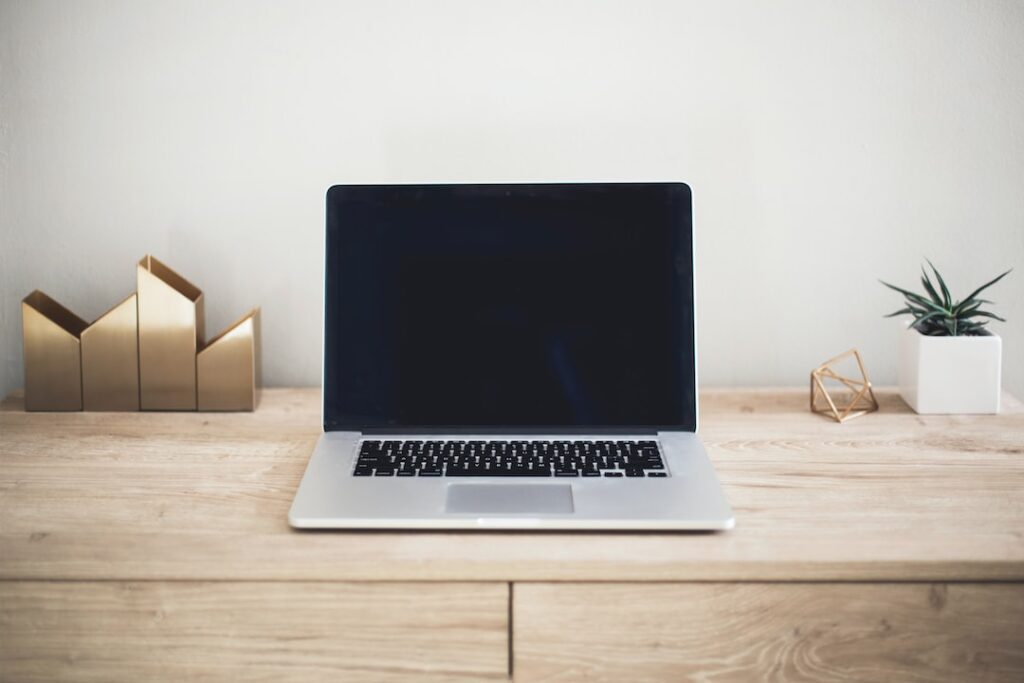Tips and Tricks for Optimizing Your Windows PC
So, you just got a new Windows PC or you might be looking for ways to enhance the performance of your existing one. Look no further! In this post, we’ll dive into some surprising statistics on PC performance and share some clever hacks to boost your computer’s speed and efficiency. Let’s get started!
The Importance of Optimizing Your Windows PC
Did you know that 85% of Windows PCs experience a decline in performance within the first year of use? That’s right! Many factors can contribute to this, such as cluttered files, unnecessary background processes, and outdated software. However, the good news is that with a few simple tweaks and optimizations, you can significantly improve your PC’s performance and overall user experience.
Clearing Out Clutter and Unnecessary Files
One of the most common issues that can slow down a Windows PC is the accumulation of unnecessary files, temporary data, and applications that are no longer needed. In fact, studies show that the average user has over 5GB of junk files clogging up their system! By regularly cleaning out these files, you can free up valuable disk space and speed up your computer.
Managing Startup Programs
Believe it or not, the average PC user has over 20 programs set to launch when they start their computer. This can significantly slow down the boot-up process and consume precious system resources. By managing your startup programs, you can improve your PC’s startup time and free up memory for more important tasks.
Updating Your Software and Drivers
It’s been reported that over 60% of Windows users have outdated software and drivers on their PCs. Outdated software can not only pose security risks, but it can also lead to performance issues. Keeping your operating system, drivers, and applications up to date is crucial for maintaining a smooth and efficient computing experience.
How to Optimize Your Windows PC
Now that we’ve highlighted the importance of optimizing your Windows PC, let’s delve into some practical tips and tricks to help you achieve peak computer performance.
Disk Cleanup and Defragmentation
– Use the built-in Disk Cleanup tool to remove unnecessary files and free up disk space.
– Perform regular disk defragmentation to reorganize data for faster access.
Disable Unnecessary Startup Programs
– Open the Task Manager (Ctrl + Shift + Esc) and navigate to the Startup tab.
– Disable any unnecessary programs from launching at startup.
Update Your Software and Drivers
– Set Windows Update to automatically download and install updates.
– Use a reliable third-party tool to scan for outdated drivers and update them.
Manage Power Settings
– Adjust power settings to optimize performance over energy efficiency.
– Disable unnecessary visual effects to lighten the load on your system.
Applying Optimizations to Your Daily Routine
Now that you have some valuable insights and practical tips for optimizing your Windows PC, it’s time to apply these optimizations to your daily routine. Here’s how you can make the most of these tips:
– Schedule regular maintenance tasks such as disk cleanup and defragmentation to keep your PC running smoothly.
– Take an inventory of your startup programs and disable any that you don’t need to launch at startup.
– Set aside time for regular software and driver updates to ensure your PC is running the latest, most efficient versions.
In Summary
Optimizing your Windows PC doesn’t have to be a daunting task. By implementing simple yet effective strategies, you can keep your PC running at its best. From clearing out clutter and managing startup programs to updating software and drivers, these tips are sure to make a noticeable difference in your computer’s performance. So, go ahead and put these hacks to the test – your Windows PC will thank you for it!












